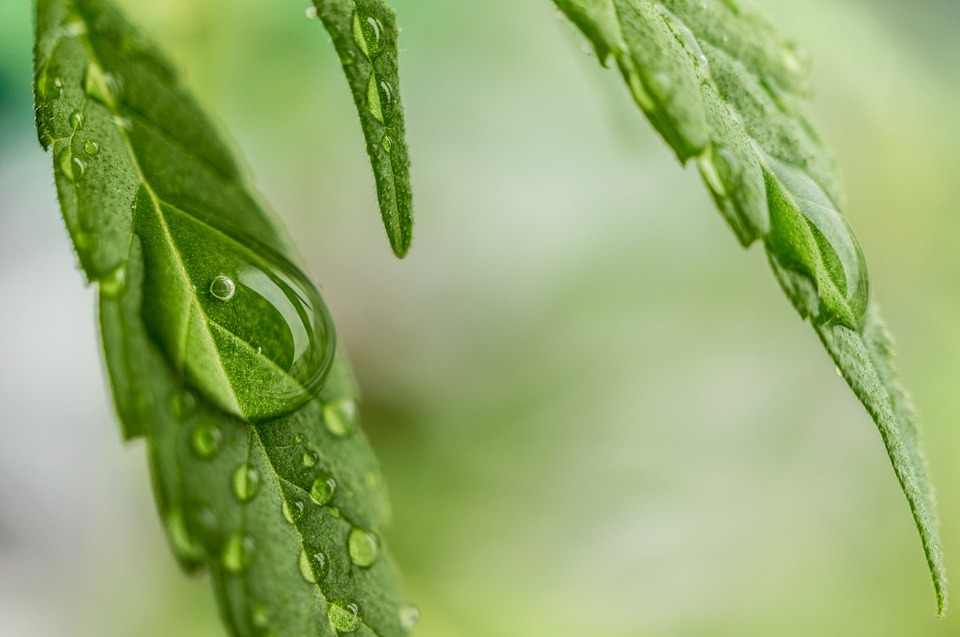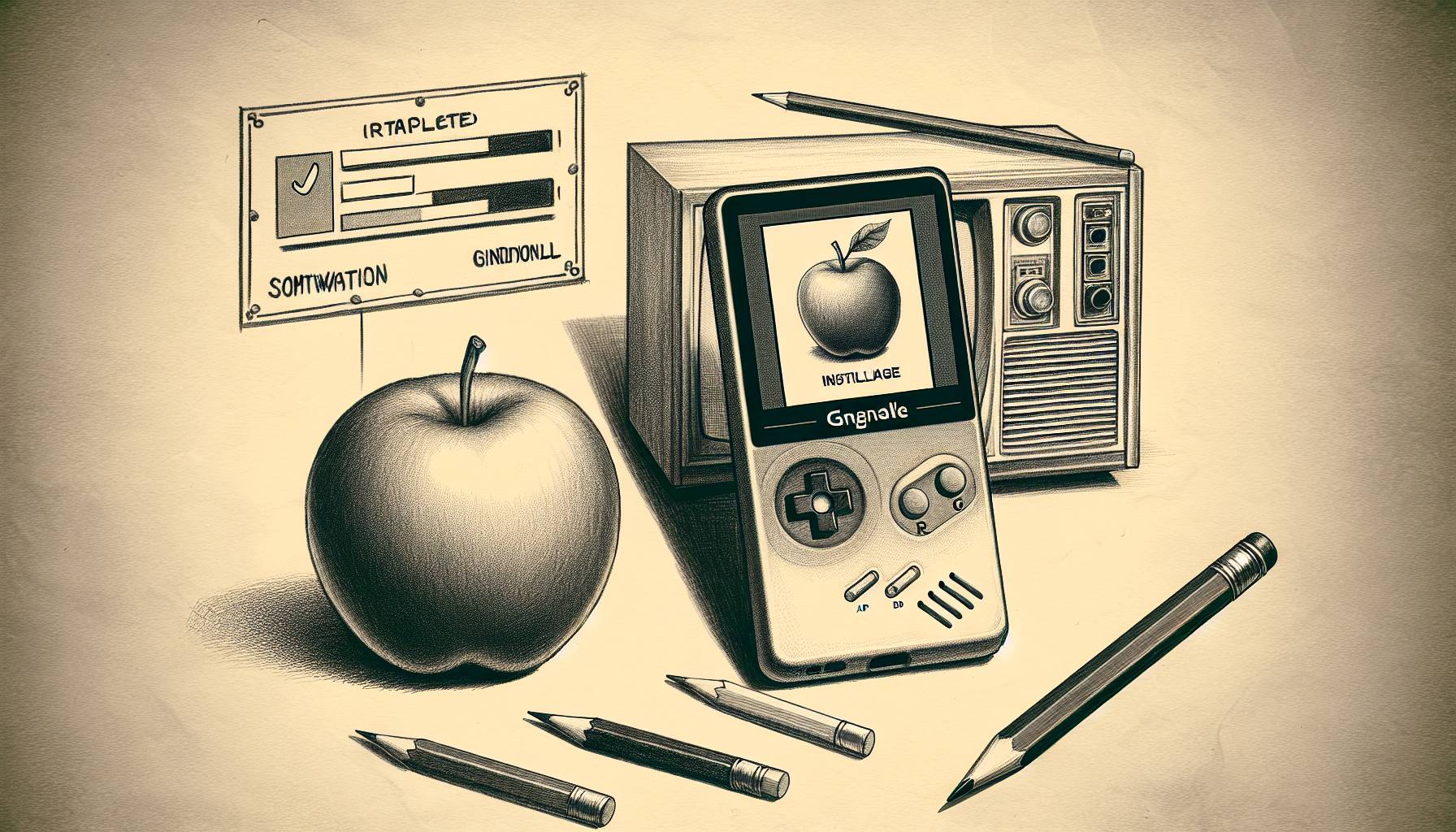I will say, for the sake of full disclosure, that I am in favor of across-the-board legalization, regulation and taxation. For the purpose of this discussion, however, I am only referencing apps for adults (like me) with serious medical conditions who live in places where MMJ is legal, who have a valid prescription, and the means to fill it.
The Impact of Politics on Research
Medical cannabis is a polarizing topic. Its quasi-legal status makes it nearly impossible for legislators – much less average people with medical conditions – to separate the discussion of legitimate medicinal use from the larger issue of across-the-board decriminalization. Worse, the current political climate creates a barren landscape for proper scientific inquiry.
As a result, there are no real standards or even guidelines for testing potency or purity. Without these controls, standard scientific practice is almost impossible. Universities and hospitals have to jump though so many hoops to get permission to run clinical trials, and then when they do get the green light, the only control possible is using a single strain from a single grower in a single harvest – not quite the precision demanded for peer-reviewed studies.
While the legal parameters for MMJ are hazy at best, there is a growing stash of apps that shed light on the issue.
Best Strain Identifying Apps
In legal shops, MMJ strains have the same names as “pot” does on the street. They can sometimes be informative if you know your ganja well, but if you’re just learning about marijuana they can range from exotic to bizarre. What are you to make of apothecary jars labelled Super Lemon Haze, Querkle, OG Skywalker Kush or even “classics” like Acapulco Gold and Thai Stick?
These are questions much more easily answered with apps currently available. Maybe the best one is Marijuana Strain and Dispensary Reviews, powered by Leafly. Leafly.com doesn’t offer a lot of opinion, just lists strains by type (Indica, Sativa or Hybrid) and shows the top five reported medical uses, positive and negative effects, and an overall score. These apps go a step further by offering images, reviews, and the ability to add your own strains. The latter even comes with a dispensary guide. Both are solid where it counts – in matching strain names (over 10,000) with basic information so you don’t unwittingly get something stimulating when calm is what’s needed, or get too “stoned” to function comfortably.
Let you senses be your guide
Be sure to use your own senses. No matter what the label says, good MMJ should have a distinct and noticeable smell, be sold as buds or “nugs” rather than leaves or ground up bits, and be at least a little moist with a visible dusting of sugary crystals called trichomes and some yellow, red, or orange hairs called pistons. Bud size doesn’t always matter – some great strains like Purple Kush come in popcorn-ball sizes bits – but if the medicine is dry, odourless, and devoid of anything shiny, it’s probably not going to help you much.
Where to get MMJ
If you’ve done everything by the book, by now you know you know you are an appropriate patient for MMJ and you’ve dealt with the doctors and the legalities. You have also acquainted yourself with the types of cannabis plants and their benefits and side effects. Maybe you have even learned to identify favorite strains by name, smell or taste. The next question, then, is where do you get meds? In many states (and countries) where MMJ is legal, you have two options.
Apps to locate dispensaries
You can find a local dispensary (or three), which could look like a pharmacy, a coffee shop, or anything in between. Almost all have multiple strains available along with staff commonly referred to as “budtenders”.
Good dispensaries will have knowledgeable employees who listen to your symptoms and examine your prescription rather than just pushing the day’s special. They will never pressure you, and will take the time and spend the money to have strains tested or get pre-certified strains examined by certified labs. They should have fixed prices for each strain clearly marked, and indicate how much indica and sativa are present along with information on THC, CBD and other cannabinoids.
There are a bunch of apps by individual dispensaries, particularly in certain states like California and Colorado. But the best bet for everyone in the US is Weedmaps powered by Weedmaps.com. It (purportedly) works in every state where MMJ is legal. If your state allows, this app can help you locate reputable legal shops near you that stock the exact medicine you are looking for.
Apps to help with growing
The other option is to grow your own cannabis. Most states also have provisions for those who are too incapacitated to garden to appoint legal growers, or “farm-aids” as they are often called. This method is more time consuming, and the initial expenses are greater. But if you learn the craft or land a great farm-aid then you can have year-round access to the strains that work best for you. As well, you control the growing variables which make all the difference between great weed and schwag regardless of how impressive the seeds or clones. Also, the long term the savings can be substantial.
The best app to help growers is Grow Buddy. For anything comprehensive you’ll have to look online or for an iBook. Or turn to Zinio for a subscription to High Times magazine, the premiere pot smoker and grower’s periodical. That publication and 420Magazine also have interesting online forums to connect with other growers and exchange tips.
Download-worthy apps for ingestion
As for ways of ingesting cannabis, the first thing most people think of is smoking. Whether it’s joints, blunts, pipes, hookahs or bongs, all these methods involve combustion. While marijuana on its own is not carcinogenic, combustion releases carcinogens absent in other ingestion methods. Smoking may be the most convenient way to take your medication. But if you are really trying to be healthy, it’s also the least optimal. If you mix your MMJ with tobacco and you’re hooked or just have a hard time unlearning an oral fixation, check out regular stop-smoking apps like iQuit -Stop Smoking Counter and Quit Smoking Now with Max Kirsten and get used to a new and more effective medical experience.
Healthier alternatives include vaporizing and eating the plant. There’s not much in the app store about vaporizing methods, but plenty information can be found online. Eating your meds has its advantages and drawbacks. When prepared properly (extracted in ghee, or clarified butter) there are no carcinogens. But there are plenty of fatty calories. And, since the natural taste of marijuana (and hash) can be off-putting to many, it’s usually hidden in sweets. If you aren’t the type to consume a whole bag of brownies in one shot no matter what they are made of, eating may work for you. But if you’re prone to pigging out, be wary.
If you want some MMJ recipes on your iOS device, check out Weed Cookbook and part 2 if you like it.
Parting tips for beginners:
There is no single “best” cannabis strain. Not even a top 20 no matter what you read elsewhere. What works for one patient may make another feel worse. Remember, please, that if you are a treating a serious lifelong condition, the best place to have any preliminary discussion isn’t on your smartphone, online, or with friends – it’s face-to-face with your doctor or pain specialist.
Get the right online advice. Bear in mind that while many apps and sites claim to be medical, by default or design they tend to attract predominantly recreational and/or experienced users. The best forums on the topics may be on sites you already frequent that deal with your condition – usually listed under alternative treatments. At least there you can hear from other people with symptoms like yours who are part of a larger medical community, rather than be swayed by user reviews written more often by teenagers and bored weed-snobs than by actual patients.
Watch your tolerance and heal well. While not chemically addictive, marijuana is a substance for which you build tolerance over time. A 20-year daily veteran may need the punch ½ a gram of top-shelf strains like Purple Kryptonite, Kosher Kush and Liberty Haze pack, but that could lay the less experienced out or cause anxiety and even paranoia. One great medical strain with very little THC and unusually high CBD is called Harlequin, and other good CBD strains with a bit more punch include Jamaican Lion, Gravity and Jean Guy.
My advice? Go slow. Do your research. Get the facts. Ignore the politics. Experiment safely. Ask questions. Learn your limits. Search for the best CBD products. Trust your instincts. Finally, don’t be afraid to enjoy some happy healing.













